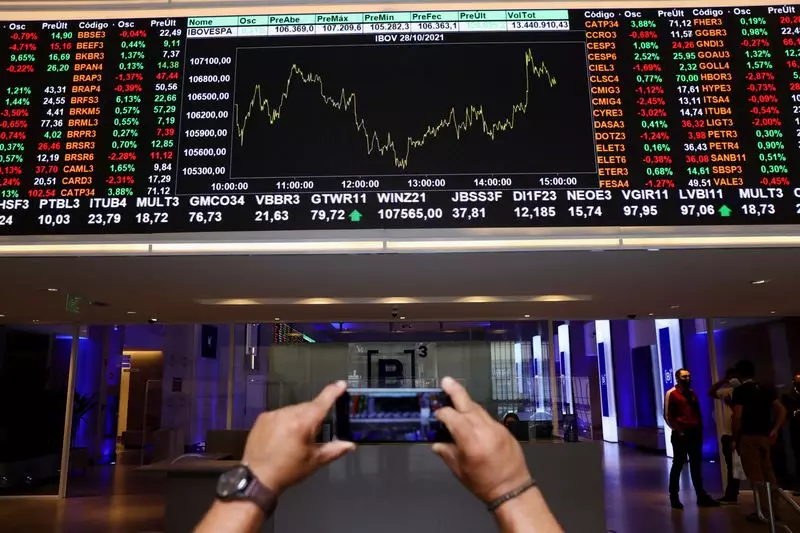The landscape for emerging market (EM) investments saw a significant upheaval in October 2023, as foreign investors retreated from equities at a pace not witnessed since the onset of the COVID-19 pandemic. Data compiled by a banking trade group revealed that while there was a considerable outflow of capital amounting to $25.5 billion from stock portfolios, robust inflows into bonds managed to counterbalance this trend, showcasing the dynamic nature of investor sentiment in emerging markets.
The stark shift can be highlighted by comparing the figures from September, which experienced a remarkable $56.4 billion influx, to the $1.9 billion net inflow recorded in October. This drastic drop emphasizes escalating caution among investors regarding equity markets, particularly in light of unsettling growth prospects and geopolitical risks.
Chinese markets, once a beacon of hope for international investors, are currently undergoing a challenging phase. Despite proactive measures from the Chinese government, including a late-September stimulus initiative followed by an underwhelming announcement in November, the confidence levels among investors remain waning. According to Jonathan Fortun, an economist at the Institute of International Finance (IIF), these strategies have not mitigated the pervasive concerns regarding growth and regulatory challenges that continue to undermine foreign investment in China. Remarkably, while Chinese equities experienced an exodus of $9 billion, bonds still attracted $1.4 billion, illustrating a possible flight to safety rather than a complete abandonment of the region.
As the U.S. gearing up for its presidential election played a crucial role in shaping market dynamics, late October saw a bullish shift among traders betting on a return of Donald Trump to the White House. This anticipation triggered a surge in the U.S. dollar’s strength and influenced rates, further illustrating the intricate interplay between U.S. macroeconomic indicators and emerging markets. The IIF’s Fortun emphasized that the dollar’s strength creates a more complicated environment for EM currencies, leading to growing risk aversion among equity investors.
Given these conditions, yield differentials are becoming increasingly favorable for EM debt over equity investments. This shift indicates a potentially transformative moment for asset allocation as investors reassess their strategies amidst global economic uncertainty.
Regional Investment Trends in Emerging Markets
Dissecting regional trends offers further insights into this evolving landscape. In October, Asia experienced a net outflow of $6.8 billion, starkly contrasted by Emerging Europe, which welcomed $5.2 billion and Latin America, which attracted $3.6 billion. Africa’s investment flows turned slightly negative, indicating varied investor confidence across different regions.
Despite these fluctuations in October, the year-to-date analysis paints a different picture, with approximately $249 billion funneled into EM portfolios since January 2023. The majority of this influx—around $220 billion—was allocated to debt instruments, notably excluding significant investments from China, suggesting a thoughtful recalibration among investors seeking stability in uncertain times.
While the situation appears cautious, the resilience of bond markets amidst equity outflows underscores the evolving nature of global investment strategies. Investors will need to remain agile, continuously adapting to the multifaceted challenges and opportunities presented by emerging markets.


Leave a Reply